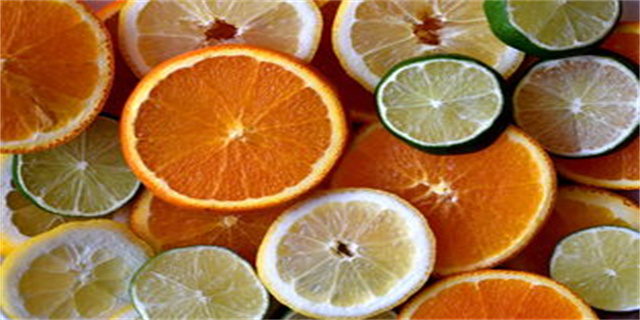Heat Transfer through Conduction
Introduction:
In the field of thermodynamics, heat transfer is a fundamental concept that helps us understand how energy moves from one object to another. Among the various modes of heat transfer, conduction plays a crucial role. This article aims to explore the phenomenon of conduction and its significance in everyday life.

Understanding Conduction:
What is Conduction?

Conduction is the process of heat transfer through direct contact between particles of a solid, liquid, or gas. Unlike convection and radiation, which involve transfer through bulk movement and electromagnetic waves respectively, conduction primarily relies on molecular or atomic interactions.
The Mechanism of Conduction:
Conduction occurs due to the random movements of particles within a substance. When heat is applied to one end of a material, the particles near the heat source gain kinetic energy and start vibrating rapidly. These high-energy particles then collide with neighboring particles, transferring some of their kinetic energy. As a result, the neighboring particles gain energy and begin to vibrate more vigorously. This continuous transfer of energy from one particle to another enables heat conduction to take place.
Factors Affecting Conduction:
Several factors influence the rate of heat conduction in a material:
1. Temperature Gradient: The temperature difference between two ends of a substance determines the direction of heat flow. The greater the temperature gradient, the faster the rate of conduction.
2. Thermal Conductivity: The material's ability to conduct heat, known as thermal conductivity, influences conduction. Materials with high thermal conductivity, such as metals, transfer heat more efficiently compared to materials with low thermal conductivity, like insulators.
3. Cross-sectional Area: The larger the cross-sectional area of a substance, the greater the number of particles available for conducting heat. This results in higher conduction rates.
4. Length of the Path: The longer the distance heat has to travel, the slower the conduction rate. Longer materials offer more resistance to heat flow.
5. Type of Material: Different materials have different molecular structures, which affect their ability to conduct heat. For example, metals generally have high thermal conductivity because of their loosely bonded electrons, while non-metals have lower thermal conductivity due to their tightly held electrons.
Applications of Conduction:
1. Cooking: Conduction is a vital mechanism in cooking. Heat is transferred from the burner or stove to the cooking vessel and then to the food through direct contact. This process allows for the even distribution of heat and achieving desired cooking temperatures.
2. Thermal Insulation: Understanding the factors influencing conduction helps in designing effective thermal insulation materials. Insulators are designed to have low thermal conductivity to minimize heat transfer, keeping buildings warm in winter and cool in summer.
3. Electronic Devices: Efficient heat dissipation is crucial for electronic devices to prevent overheating. Conduction plays a vital role in transferring heat away from the electronic components to heat sinks or cooling systems.
4. Heat Exchangers: In various industrial processes, heat exchangers rely on conduction to transfer thermal energy from one fluid to another, enabling efficient heat recovery and maintaining process temperatures.
Conclusion:
Conduction is a vital process of heat transfer that plays a significant role in our everyday lives. Whether it's cooking, designing insulation, or developing electronic devices, understanding the principles of conduction helps us achieve better efficiency and control over heat flow. Moreover, conduction serves as the foundation for further exploration and understanding of complex heat transfer phenomena.






